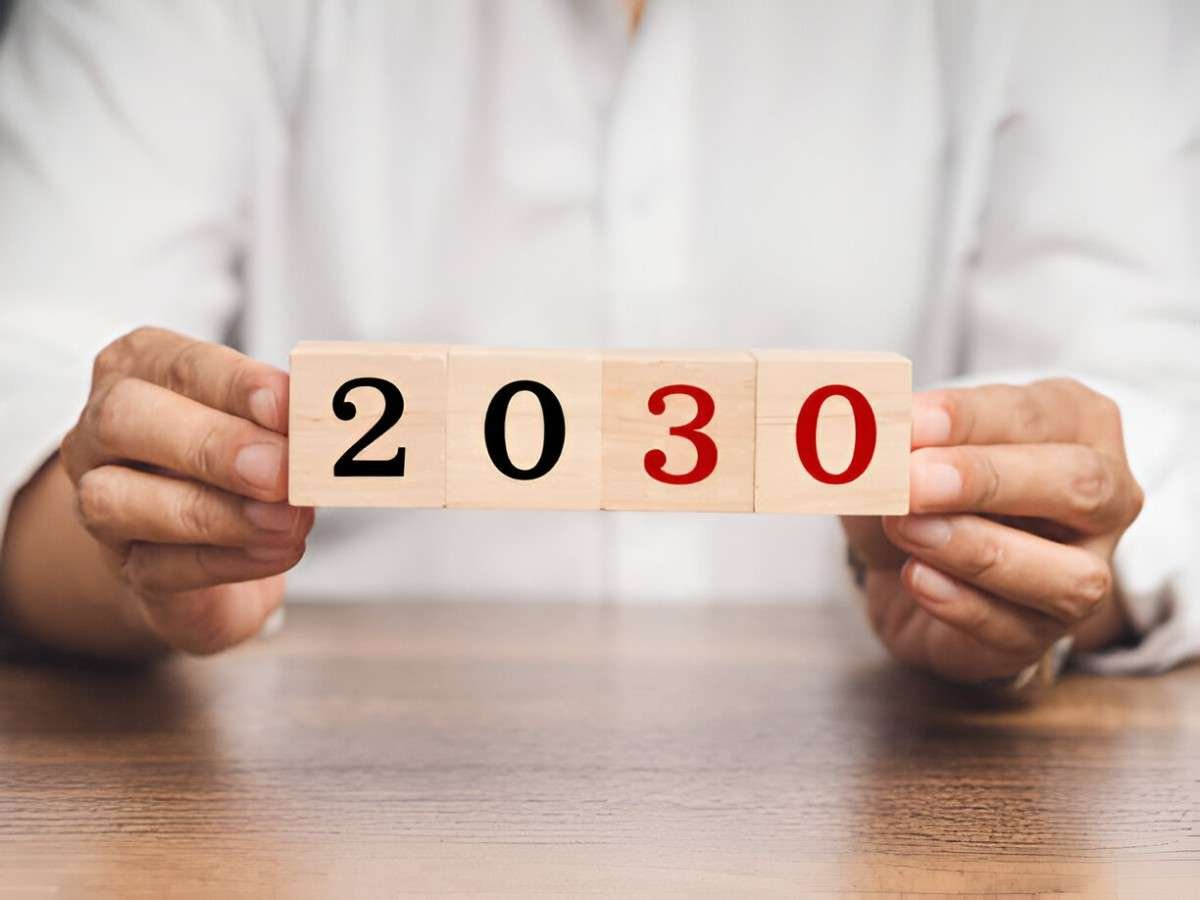When I think about my retirement and target the year 2030, I want my investments aligned to reach my goals with the right balance of growth and risk. That’s where 2030 retirement mutual funds come in—they offer a hands-off way to invest toward a specific retirement year.
Table of Contents
What Are 2030 Retirement Mutual Funds?
A 2030 retirement mutual fund is a type of target-date fund designed for investors planning to retire around the year 2030. It automatically adjusts its asset mix over time.
- In early years, it holds more stocks to maximize growth.
- As 2030 approaches, it shifts toward bonds and cash to reduce volatility.
This gradual adjustment is called the glide path.
Why I Like Target-Date Funds for Retirement
I appreciate how target-date funds simplify investing:
- One-stop investment: I don’t have to pick individual funds.
- Automatic rebalancing: The fund manager adjusts asset allocation regularly.
- Risk management: It reduces exposure to market downturns as the target date nears.
How Does a 2030 Fund’s Glide Path Work?
Typically, a 2030 fund starts with about 70-80% in equities (stocks) and 20-30% in fixed income (bonds). As 2030 nears, equities decrease, and bonds increase.
Here’s a typical allocation timeline:
| Year | Equity % | Bond % | Cash/Other % |
|---|---|---|---|
| 2023 | 75% | 23% | 2% |
| 2027 | 65% | 33% | 2% |
| 2030 | 55% | 43% | 2% |
| 2035+ | 40% | 55% | 5% |
The goal is to reduce risk and preserve capital as I near retirement.
Expected Returns and Risks
Based on historical data, I expect:
- Equities to return about 7-9% annually on average.
- Bonds to return about 2-4%.
So, if my fund is 70% equities and 30% bonds now, my expected return roughly is:
r = 0.70 \times 0.08 + 0.30 \times 0.03 = 0.056 + 0.009 = 0.065 = 6.5%Over time, as allocation shifts, the expected return may decline but volatility should also decrease.
Growth Example: Investing $100,000 Today
Let’s say I invest $100,000 in a 2030 fund today, with an expected average return of 6.5% compounded annually until 2030 (7 years).
I calculate the future value (FV) as:
FV = 100{,}000 \times (1 + 0.065)^7 = 100{,}000 \times 1.5386 = 153{,}860So I expect about a 54% gain by 2030 if market conditions hold.
What Happens After 2030?
Many 2030 funds become more conservative after the target date. If I plan to retire in 2030 and start withdrawing, I want lower volatility to protect my nest egg.
If I keep investing beyond 2030, the fund typically shifts toward income generation and capital preservation.
Pros and Cons I Consider
| Pros | Cons |
|---|---|
| Easy to use, one fund for all | May not perfectly match my risk tolerance |
| Automatic adjustments reduce management effort | Glide paths vary by provider; I must review details |
| Good diversification | Fees can be higher than DIY portfolios |
| Suitable for investors with a fixed retirement date | May lack flexibility if plans change |
U.S. Tax Considerations
If I hold these funds in taxable accounts, capital gains and dividends are taxable yearly. I prefer to use tax-advantaged accounts (IRA, 401(k)) for these funds to maximize tax efficiency.
How I Pick a 2030 Retirement Fund
I look at:
- Expense ratio: I prefer funds with low fees (< 0.50%).
- Fund family reputation: Vanguard, Fidelity, T. Rowe Price have solid track records.
- Glide path details: How aggressively or conservatively it adjusts.
- Underlying holdings: I want good diversification and quality assets.
Final Thoughts
2030 retirement mutual funds offer a balanced, hands-off way to prepare for retirement around that year. For me, their automatic risk adjustment, professional management, and diversified portfolio make them a solid core holding in my retirement plan.





